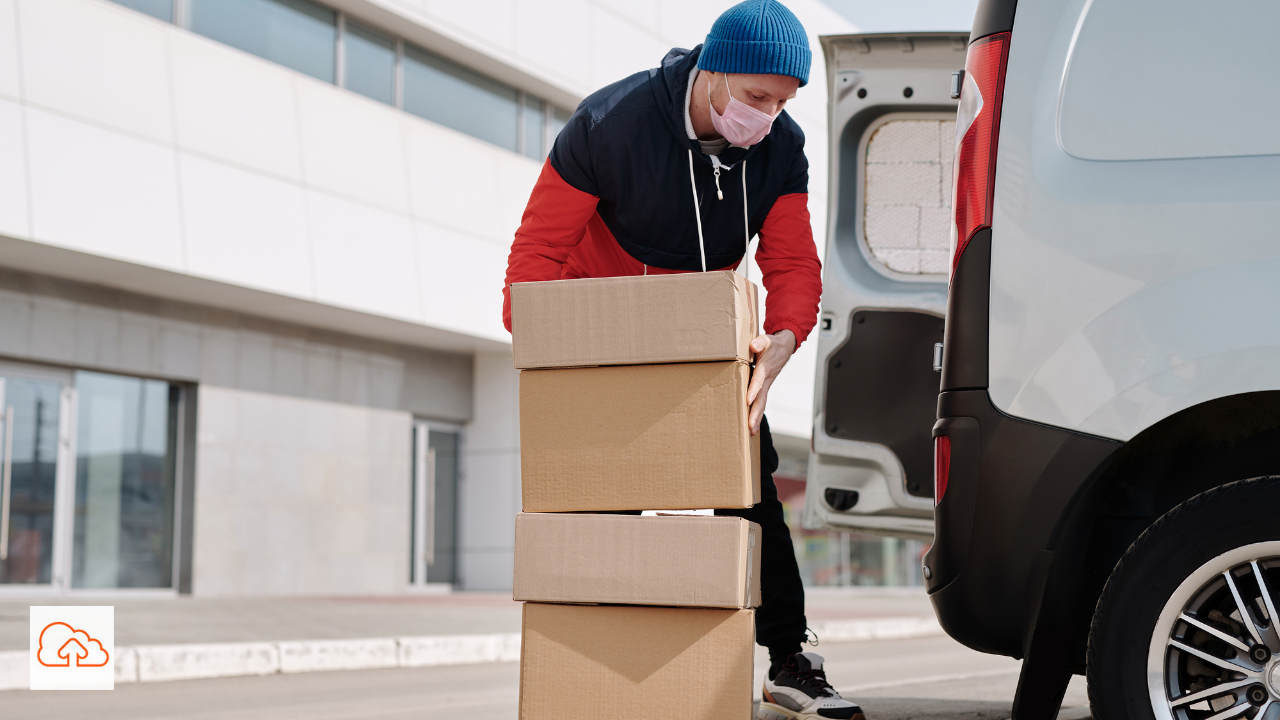We know of the supply chain disruptions and the impact they have on the economy. We see grocery stores with bare shelves, inflation rising with scarce goods and even impacts on payment disputes among trading partners. At the same time, we see economies around the globe opening up and hitting growth numbers not seen in decades. For instance, the US saw a booming economy with a growth rate of 5.7% for 2021 – but will we see an end to the supply chain issues in 2022 or even in 2023?
Let us be honest, Covid will not be going away. As countries roll-out vaccinations to their population, you will see more countries roll back mask mandates and allow economies to get even stronger. However, the effect of all that positive news is more stress on already fragile supply chains. More people out and about traveling, shopping and dining out mean more consumer demand. 2022 will be a year where things will improve slightly at the end of the year but the supply chain disruptions will move into 2023. And we cannot forget that we have no idea whether there will be another Covid variant that may have an impact. This undoubtedly leads to uncertainty, especially in 2022.
Ports continue to suffer from delays. For some ports, like the Port of Long Beach, there can be a waiting time as long as 6 weeks. These delays further intensify the supply chain issue. Interestingly, this has led to some retailers beginning to hoard and use excess warehousing capacity. Again, this is a short-term issue but it further demonstrates the reality of current supply chain issues.
Of course, all of this has exacerbated inflation. Costs have rocketed for every mode of transportation in the supply chain. According to Bloomberg, there was an increase in trucking cost of 18.3%, a rise of 29% in ocean freight costs as of January of last year, and the cost of shipping by rail had the biggest growth in 12 months ever. Finally, inflation, according to Bloomberg, was the “highest in a decade.”
All of the existing economic factors, combined with other external issues, continue to support air cargo growth. However, supply chain disruptions were slowing growth because of labor shortages, quarantined employees, and shortages in warehousing at some airports. Moreover, the issues with processing delays because of the end of the year activities further drove cost increases for air shipping. Given the current conditions, these costs will likely be passed onto their customers.
We will continue to keep an eye on the supply chain issues and the impact on air cargo, but it’s very unlikely we will see significant improvements in 2022 – which means 2023 will be even more interesting.



